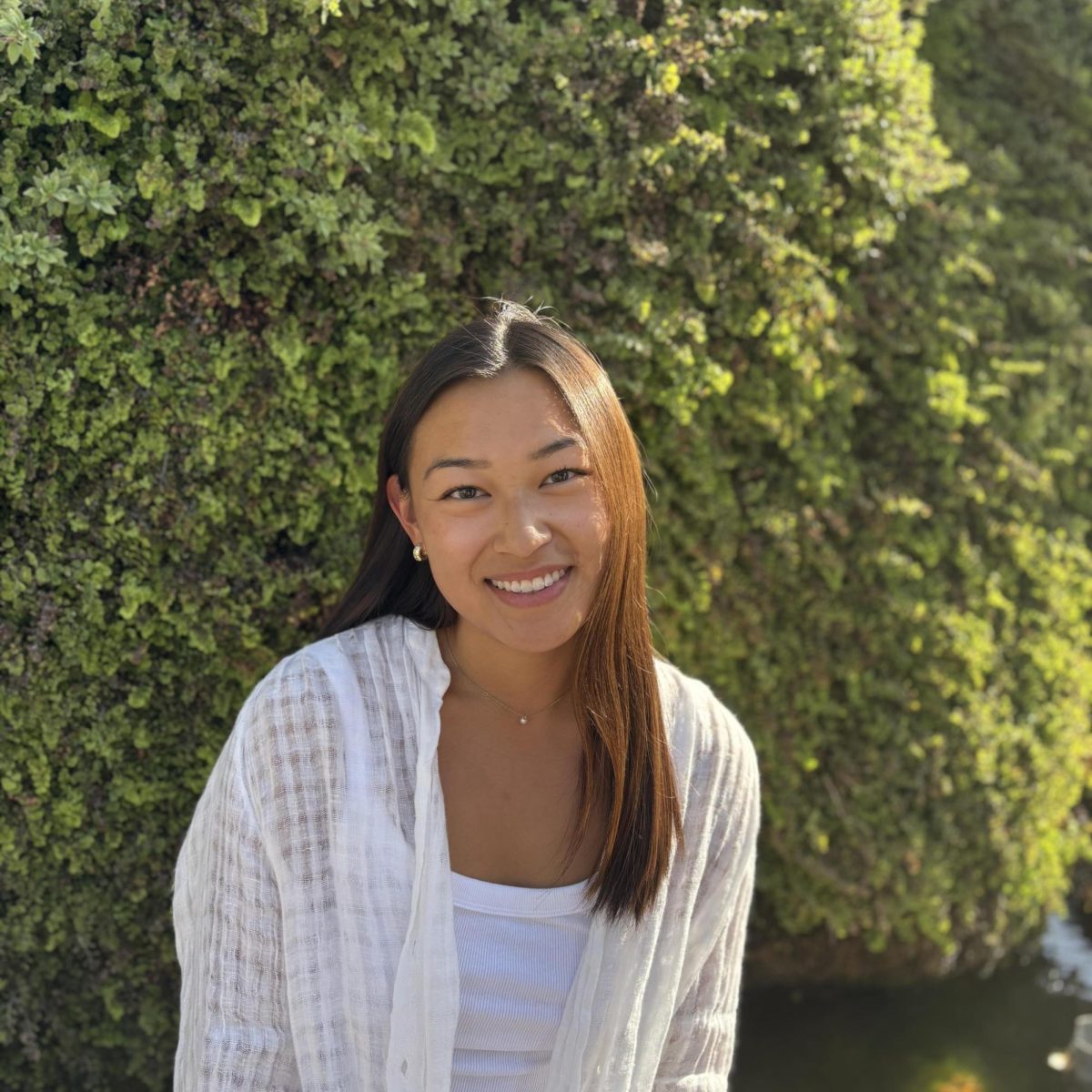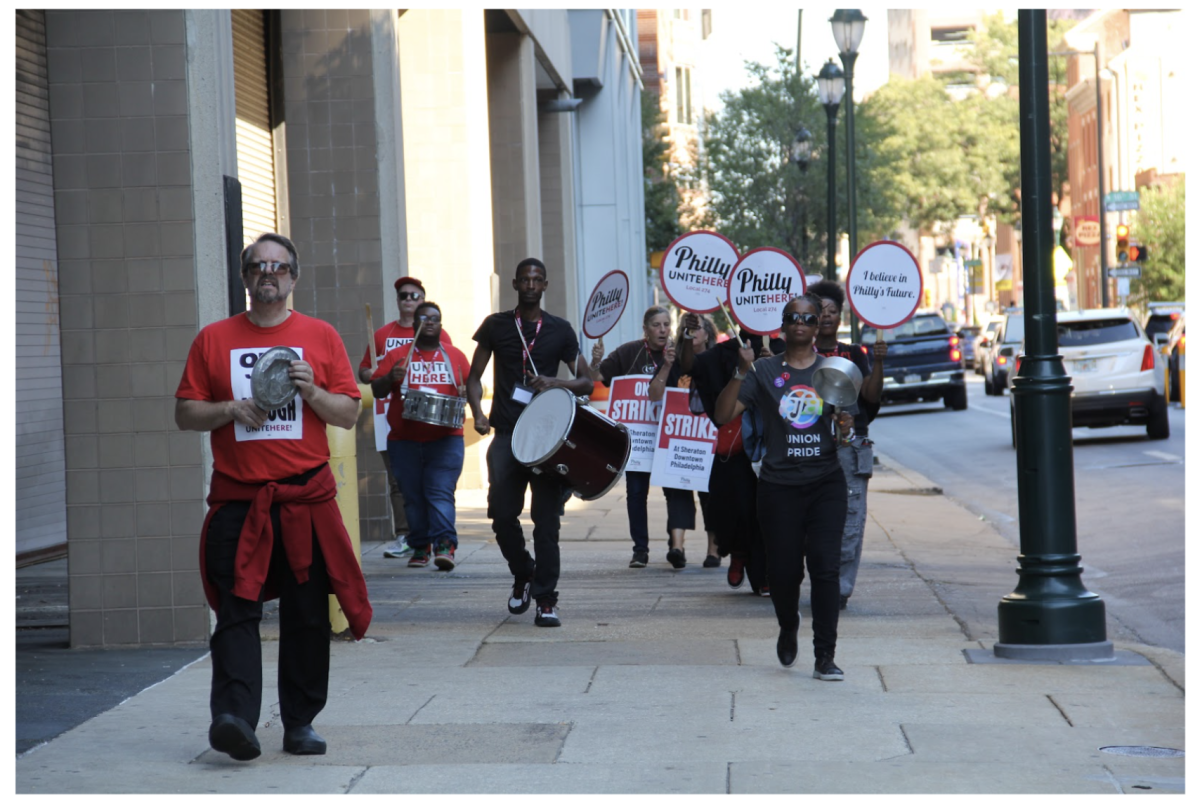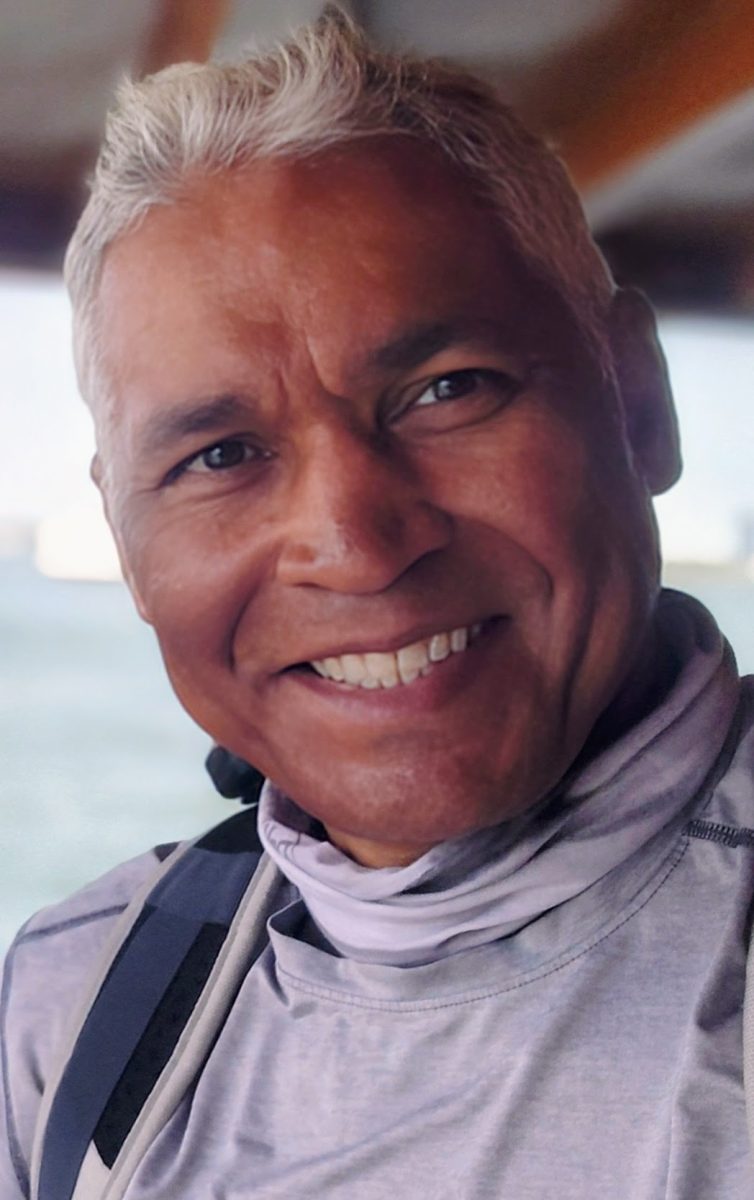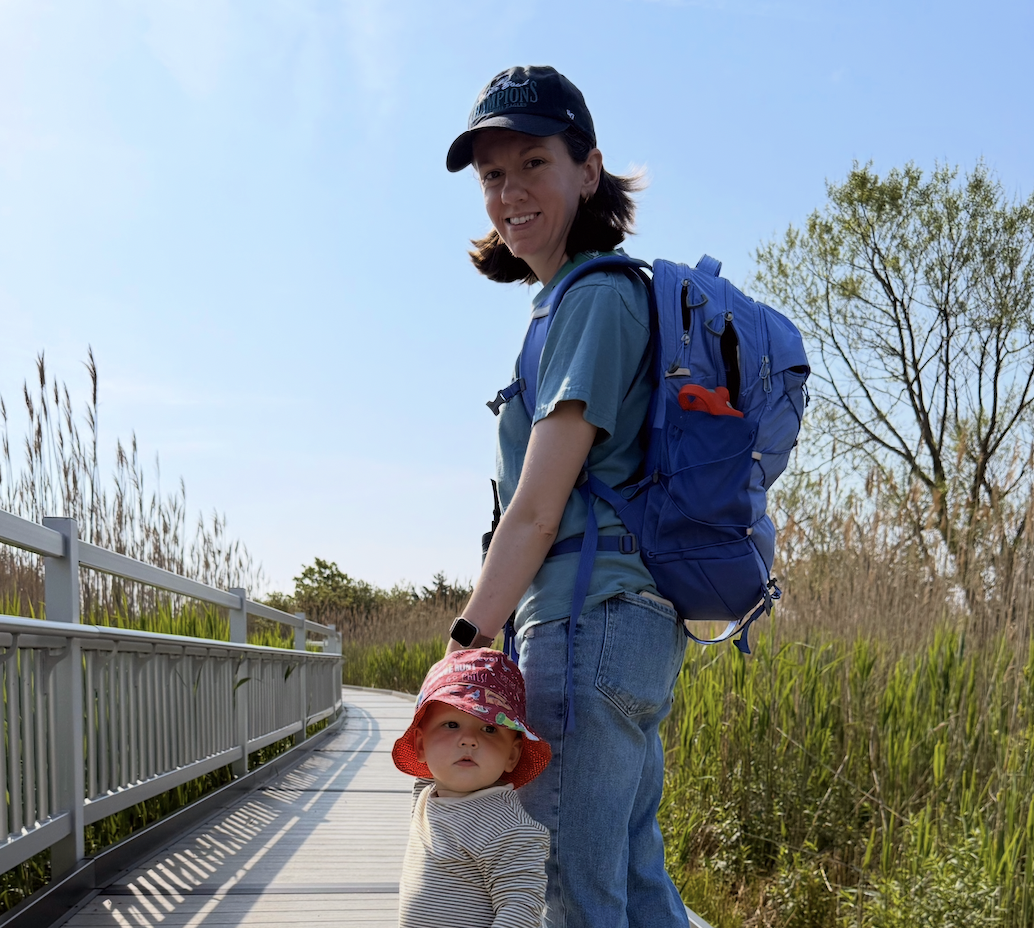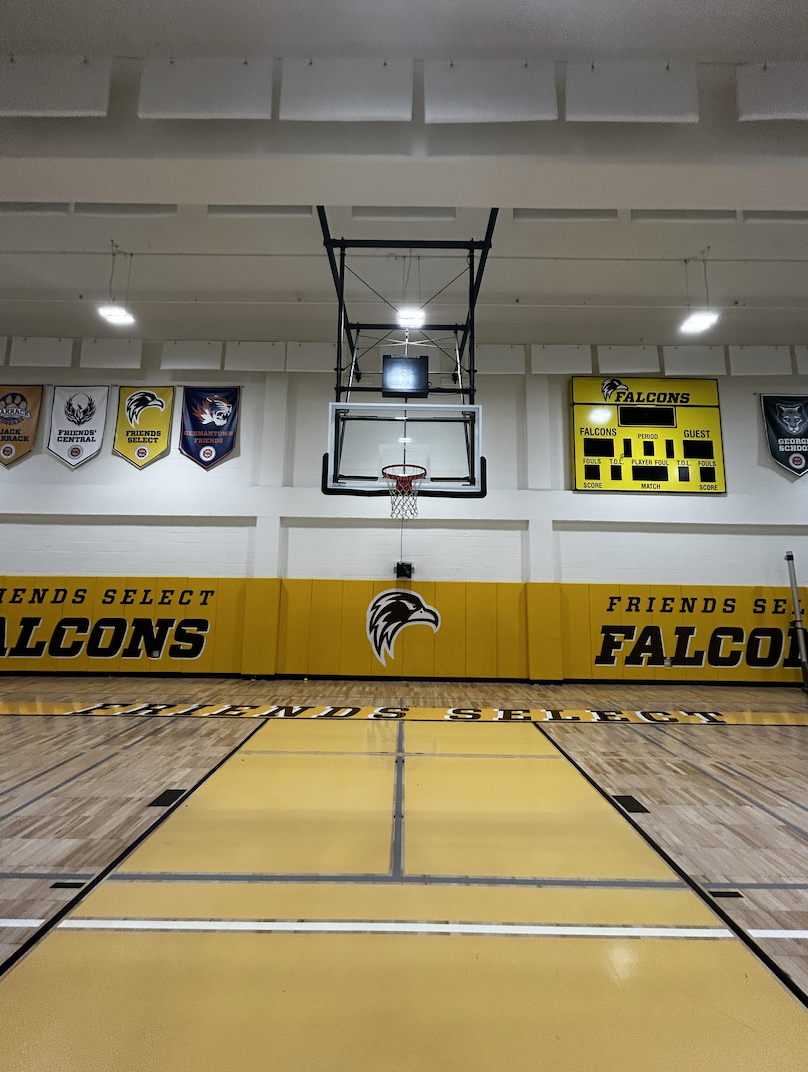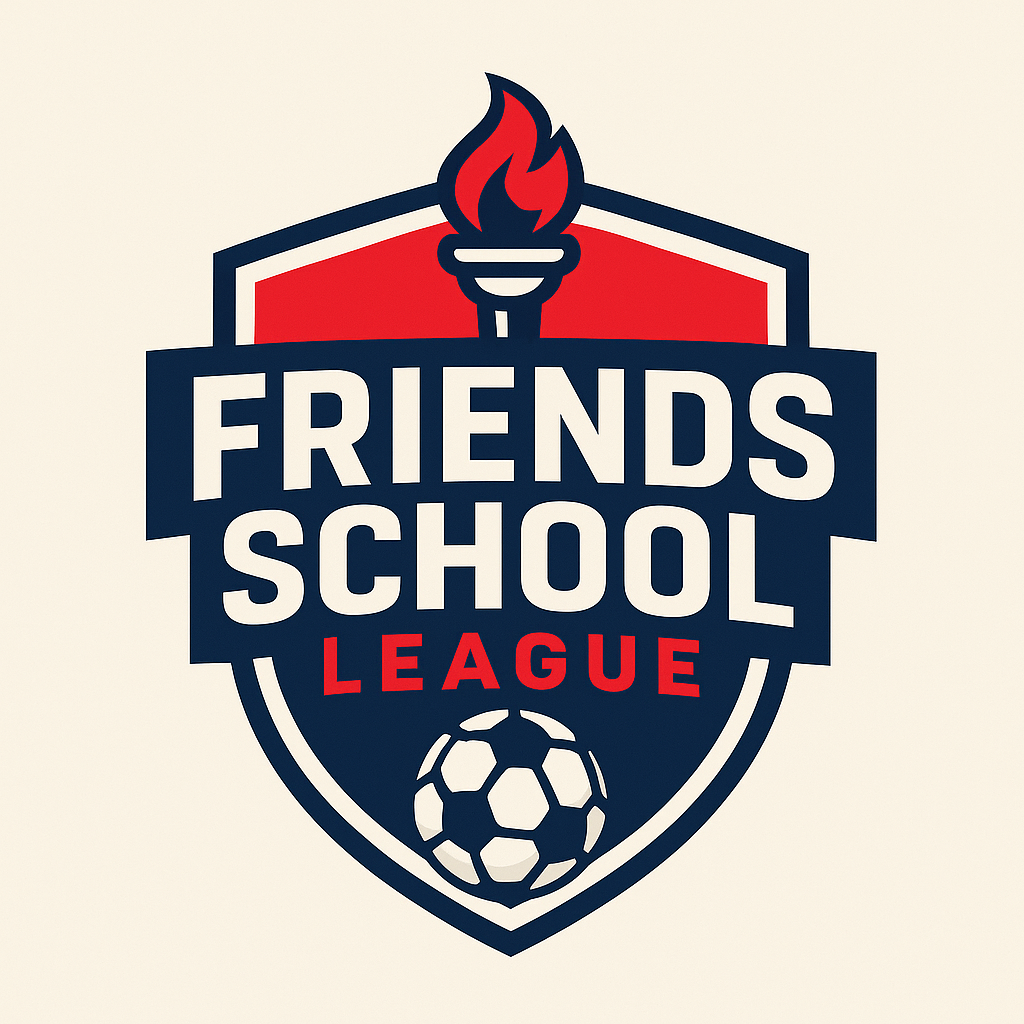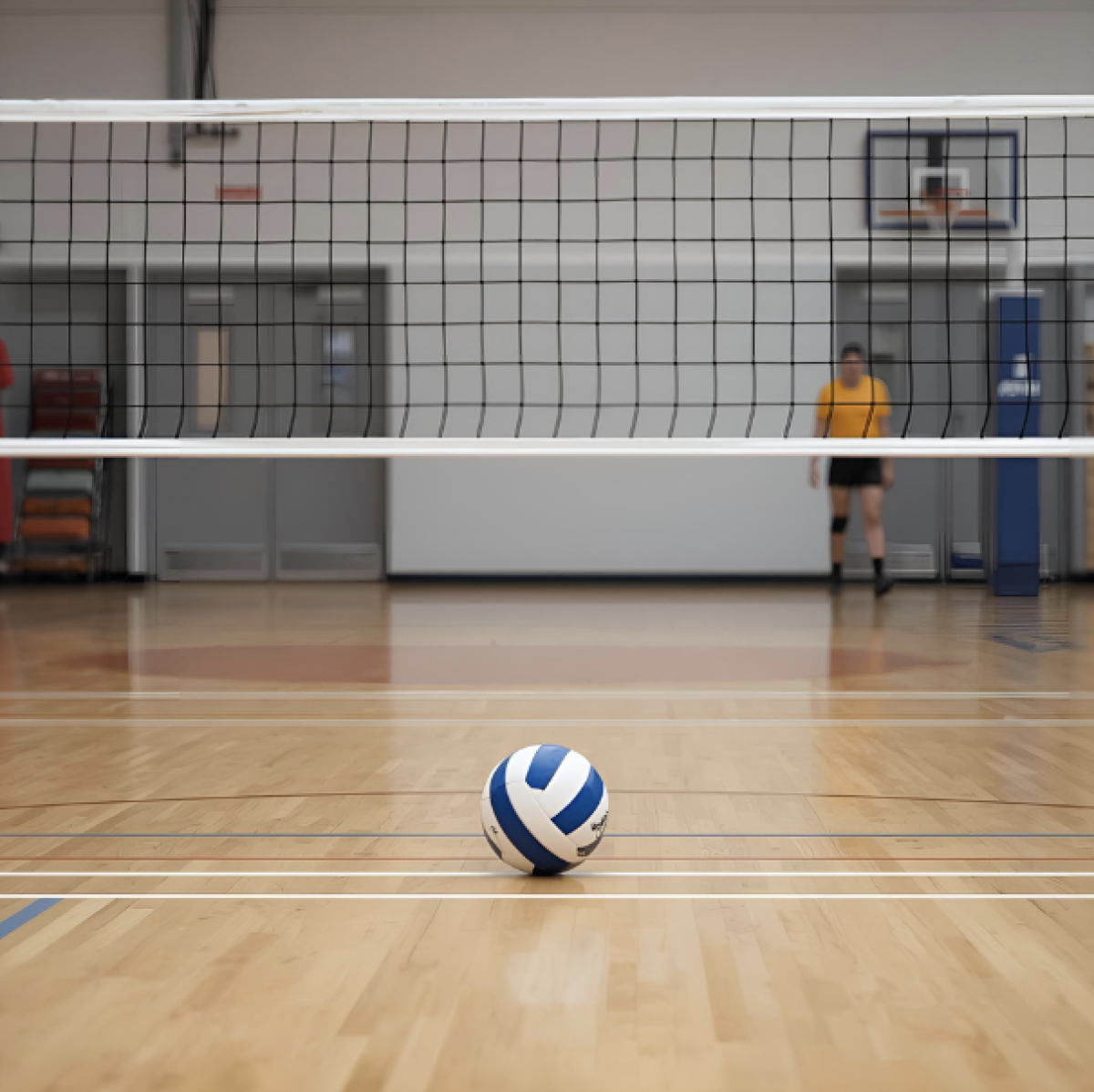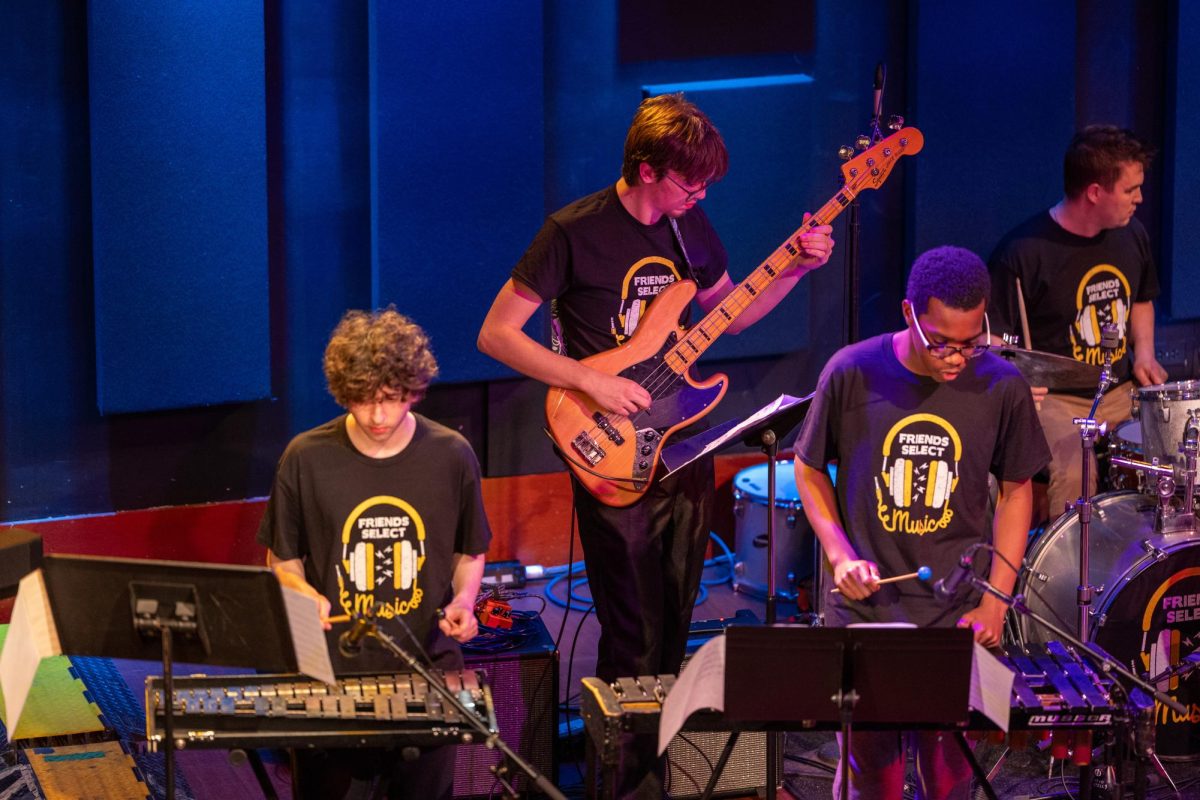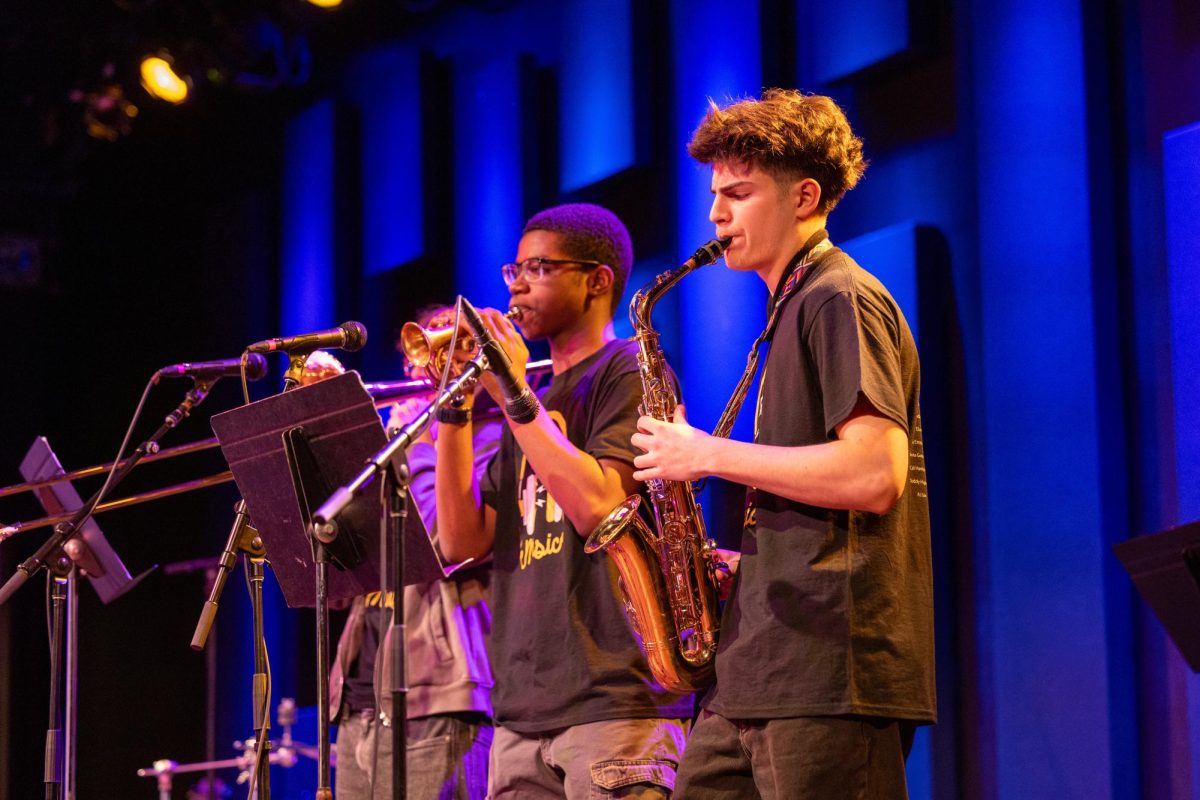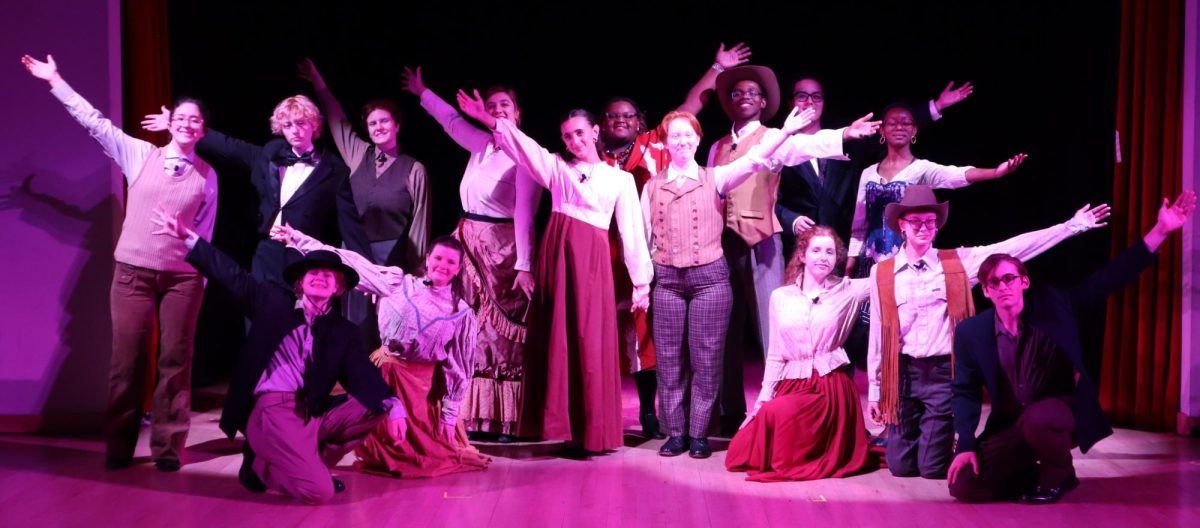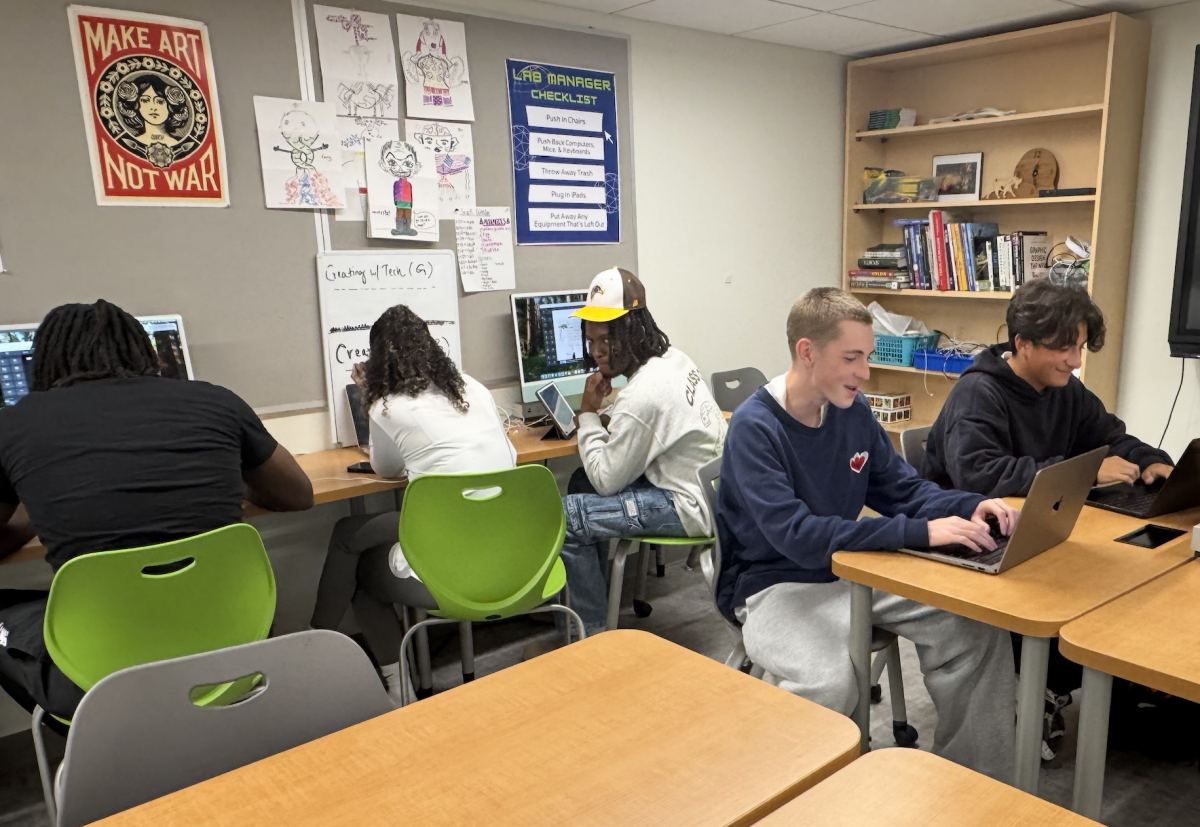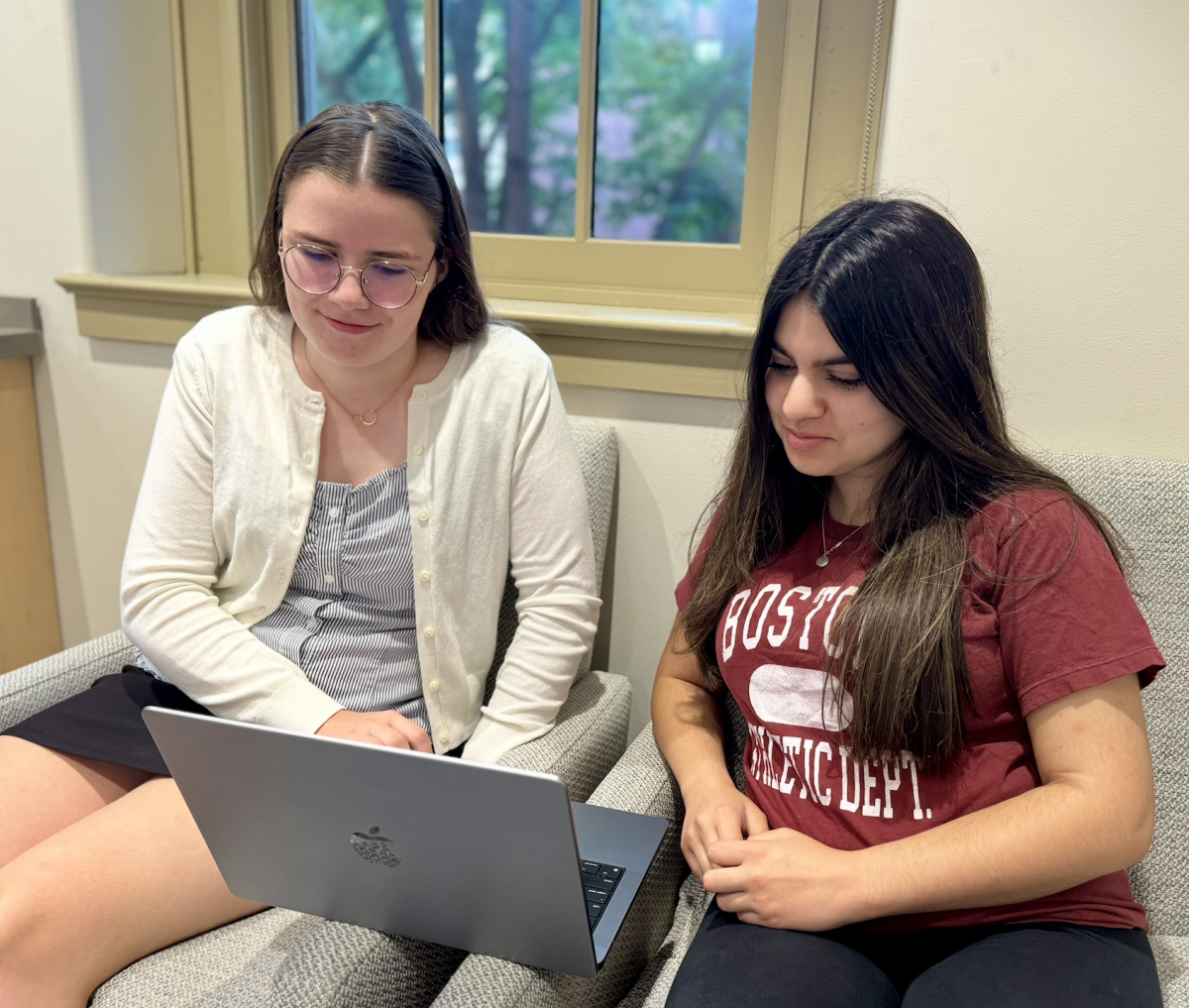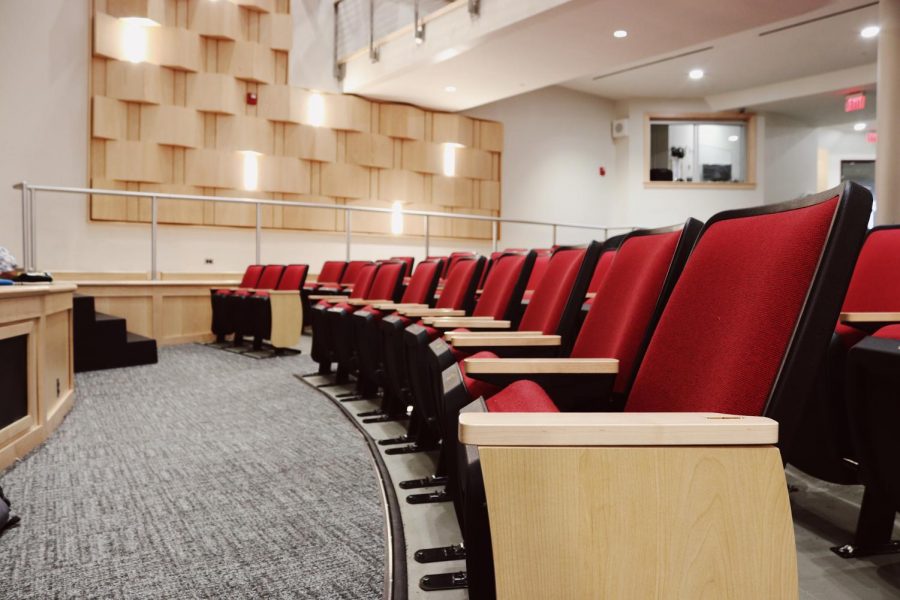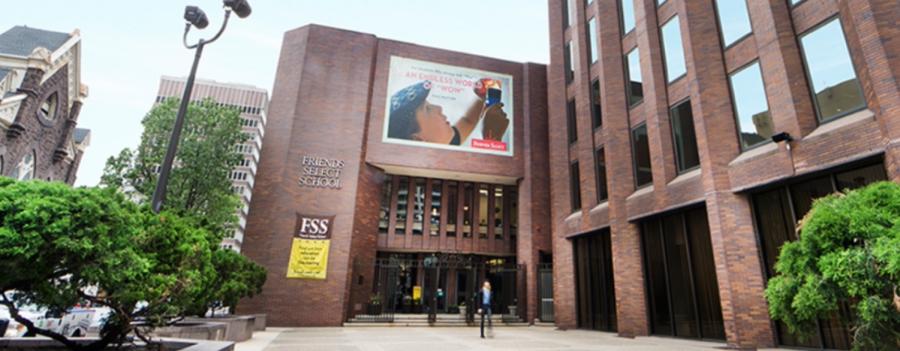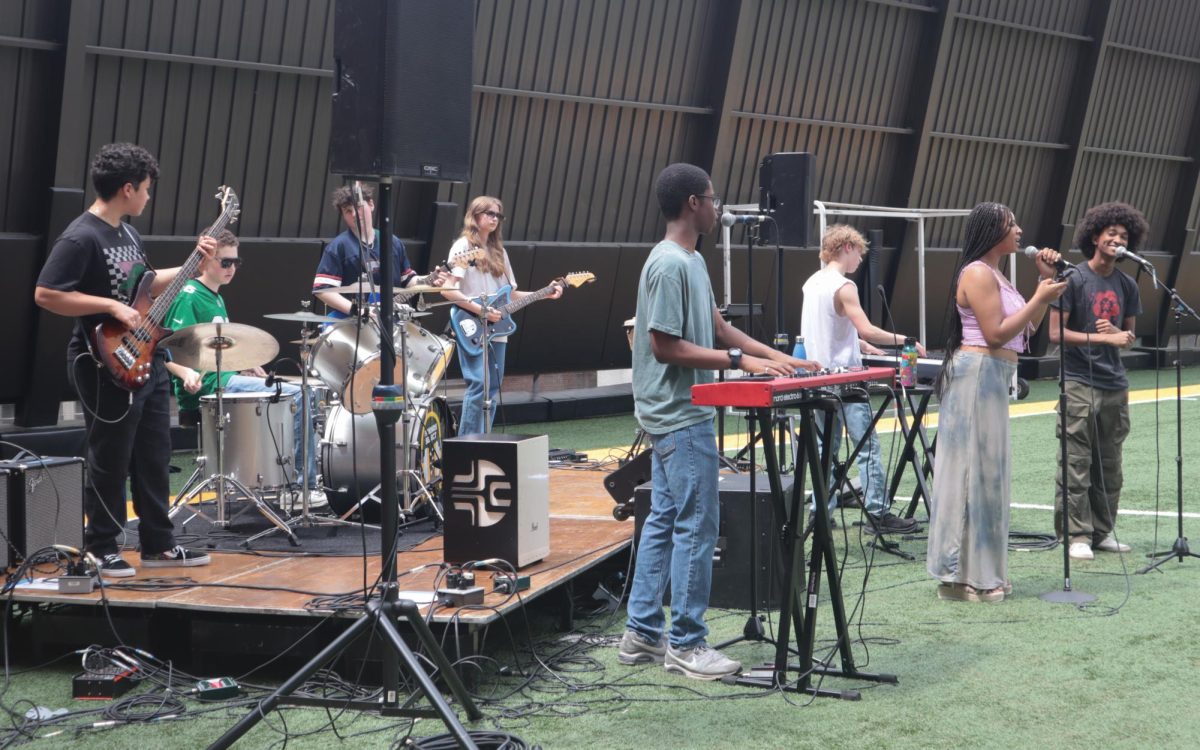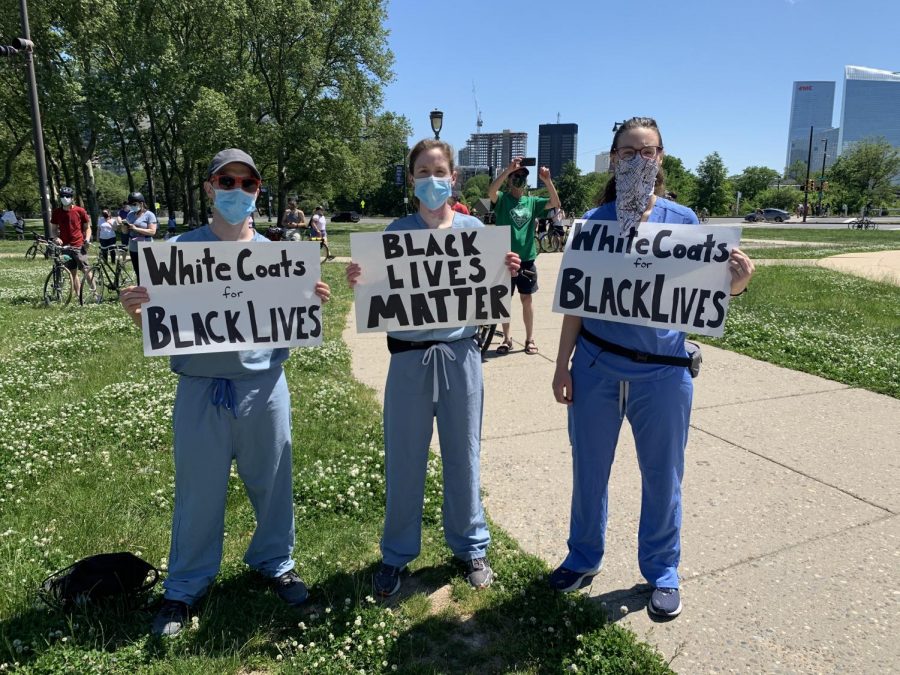Opinion: Coronavirus Concerns During Black Lives Matter Protests
Over the past few days, thousands of Americans have gathered in cities across the country to protest the death of George Floyd. Although these protests are absolutely necessary in the fight against police brutality towards black and brown people, the continued spread of the novel coronavirus is also of major concern in the midst of the pandemic.
According to the Centers for Disease Control (CDC), the novel coronavirus is spread through respiratory droplets when someone talks, sneezes, or coughs. For the past three months, state governments nationwide have been enforcing social distancing measures in order to minimize the spread of COVID-19.
While some people are taking precautions such as wearing a mask or staying six feet away from others, some protesters are not.
In Minneapolis and other cities, thousands of people have been seen crowded together, raising concerns about public safety. Additionally, many people are chanting, which is worrisome considering coronavirus can be spread by talking if people are close to each other.
Similarly dangerous situations emerged when demonstrations began in Philadelphia. According to Masai Pines-Elliot ‘21 who attended yesterday’s Philadelphia protest, “They had chalk spots on the ground which showed people where to stand, but once you get a crowd hype, there’s no going back. For the first hour, there was no crowding, but when we walked to the art museum there was definitely a lot of crowding.” Although there seemed to be some close-contact issues at the protest in Philadelphia, Masai also said “I only saw two people without a mask on during the entire protest, so although we were close to each other, everyone had a mask on for the most part.”
Although the novel coronavirus can come with some intense symptoms such as heavy cough and fever, many people can carry the virus in their body without having any noticeable side effects. These asymptomatic carriers are the reason why everyone should wear a mask—people without side effects can still spread the virus by just breathing near someone.
Masai also noticed that many of the protesters that attended were teenagers. He says “The thing with young people our age is how we look out for one another. I met many kids my age there to document the protest like me.”
Recently, youth activism has raised awareness about pressing topics in the United States such as climate change and gun violence. Many young people feel the need to attend the recent protests because of the constant injustices that they or their loved ones face. Poli Sotnik-Platt ‘20, who also attended Philadelphia’s protest, says “I went because I think that the country has reached a boiling point–people have been dying and nothing has been happening. As an able ally, I wanted to go out, and show support.”
While some teenagers were allowed to attend, others were not. Hannah Feinberg ‘20 says “My dad was proud of me for wanting to be involved, but as a healthcare professional, he didn’t feel comfortable with my going into a big crowd.”
Some teenagers independently made the decision not to attend even though they wanted to. Ewilca Nicolas ‘21 says “My mom is a healthcare worker who is exposed to COVID-19 everytime she goes to work. We both don’t know if we’re asymptomatic or not, so we take a lot of precautions when we have to leave the house. I didn’t want to risk the lives of others by going.”
These protests come one week after Memorial Day Weekend, during which thousands of mask-less people gathered together at the Lake of the Ozarks in Missouri to relax and socialize with one another. Many people have juxtaposed the incentives behind the Memorial Day Weekend crowding and the Black Lives Matter protest gatherings. Although there may be a surge in cases of COVID-19 in the next few weeks, it’s clear that crowding together for a rightful cause while trying to take the right precautions is better than crowding to drink cocktails with friends.

